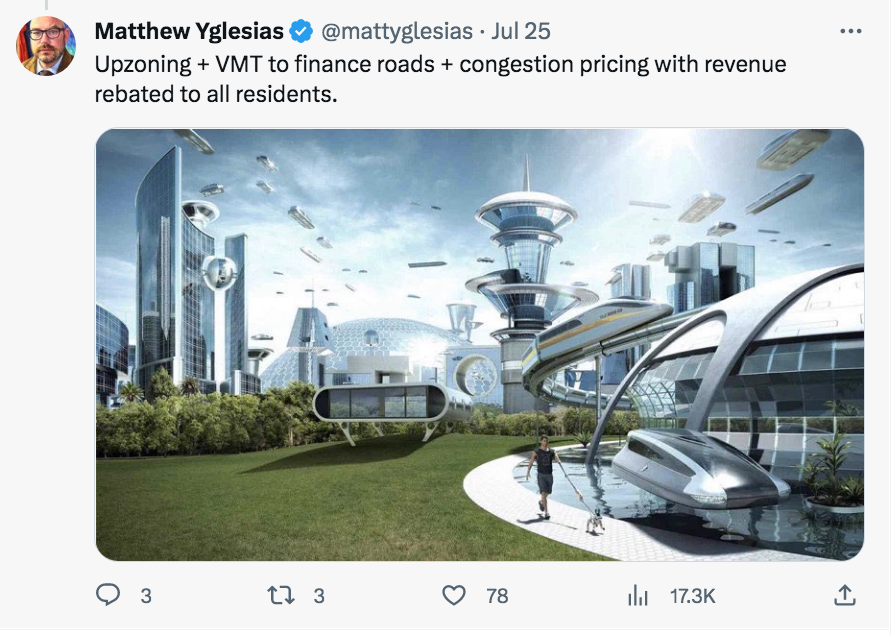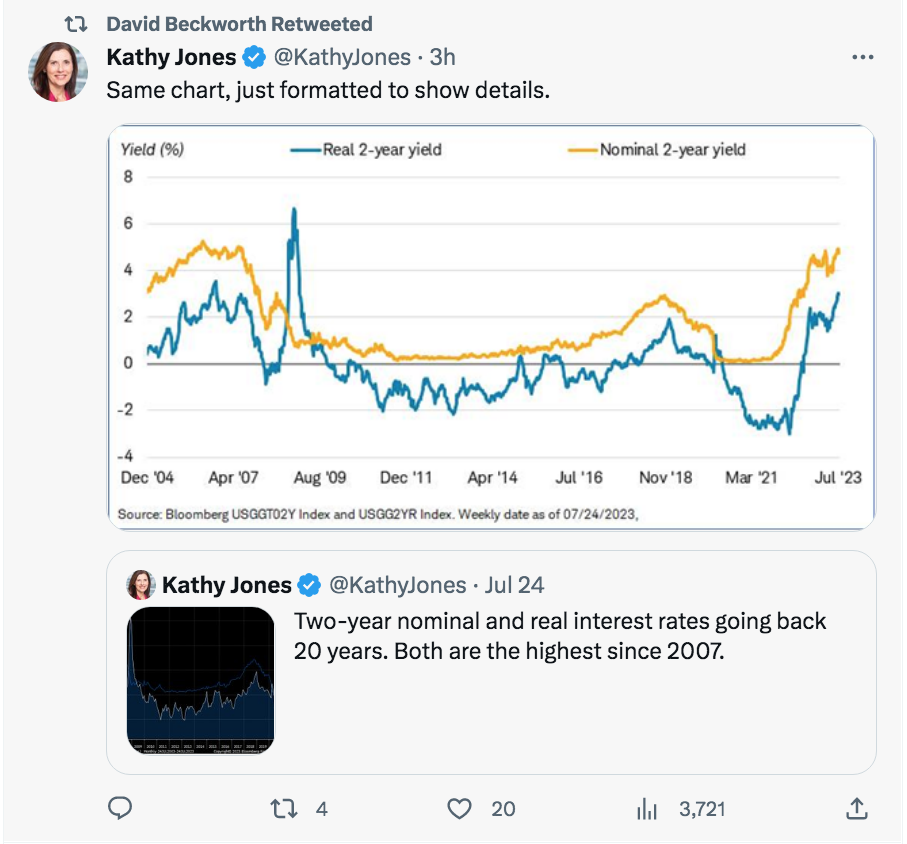I recently heard a NPR discussion of the “long and variable lags” in monetary policy. Not surprisingly, it made me cringe.
They discussed the fact that Milton Friedman believed that monetary policy affected the economy with a lag as long as 18 months (but variable in length.) Then the host explained that “monetary policy” meant changes in interest rates. Friedman must be rolling over in his grave. He explicitly rejected the notion that interest rates were monetary policy and he did not believe that changes in interest rates affected the economy with a long lag. It would be more accurate to suggest that he believed the economy affected interest rates.
Unfortunately, Friedman’s preferred indicator (M2) is only modestly less bad than interest rates as an indicator of the stance of monetary policy. Consider the fact that M2 is up 34.8% in the past 3 1/2 years, and is down 3.7% in the past year. I occasionally see old-line monetarists claim that the big rise in M2 caused the inflation overshoot, and that the recent fall in M2 shows that money has now become too tight. Maybe, but I don’t see the logic of this claim.
Over the past 3 1/2 years, the PCE price index is up 14.9% and NGDP is up 23.6%. Both of these increases are far less than the rise in M2. So if you took monetarism seriously, you’d conclude that the 34.8% rise in M2 hasn’t yet worked its way though the system. We’re still waiting for those mysterious “long and variable lags”. Velocity was temporarily depressed by Covid and (the theory suggests) once it returns to normal we’ll see a lot more inflation. Instead, monetarists seem focused on the recent drop in M2. Why? Are the money supply figures since the beginning of 2020 meaningful? Or not?
To be clear, monetarists might be correct that money is currently too tight and we’ll soon enter a recession. I just don’t see how one would conclude that from the fact that M2 is up 34.8% over the past 3 1/2 years and NGDP is up only 23.6%.
Here’s how I see things. A change in monetary policy affects future expected NGDP (say one or two years out) almost instantaneously. Current NGDP immediately responds by a very small amount (higher commodity prices), and over a few months the effects become quite large. The scientific way to look at policy lags would be to create a deep and liquid NGDP futures market, and then look at how long it takes changes in future expected NGDP (i.e. “monetary policy”) to affect current and near term NGDP. I suspect the effect mostly occurs quite fast, within a few months.
The whole long and variable lags nonsense is an excuse to explain flaws in existing Keynesian models (which suggest monetary policy is changes in interest rates), and flaws in monetarist models (which suggest monetary policy is changes in M2.) Since both models are wrong, they need to explain their failed predictions in roughly the sort of way an astrologer explains his bad forecasts by being intentionally vague. Lots of mumbo jumbo about long and variable lags.
Future generations will be embarrassed by the pseudoscience that masquerades as “monetary theory” in the 2020s.
PS. Many economists seemed to believe the Fed adopted a “tight money” policy in 2022 and that we’d have a recession in the first half of 2023. How’d that prediction work out?
PPS. The “credit channel” people thought last March’s banking crisis would worsen the recession. How’d that prediction pan out?
PPPS. The Atlanta Fed nailed the RGDP forecast (2.4%).







